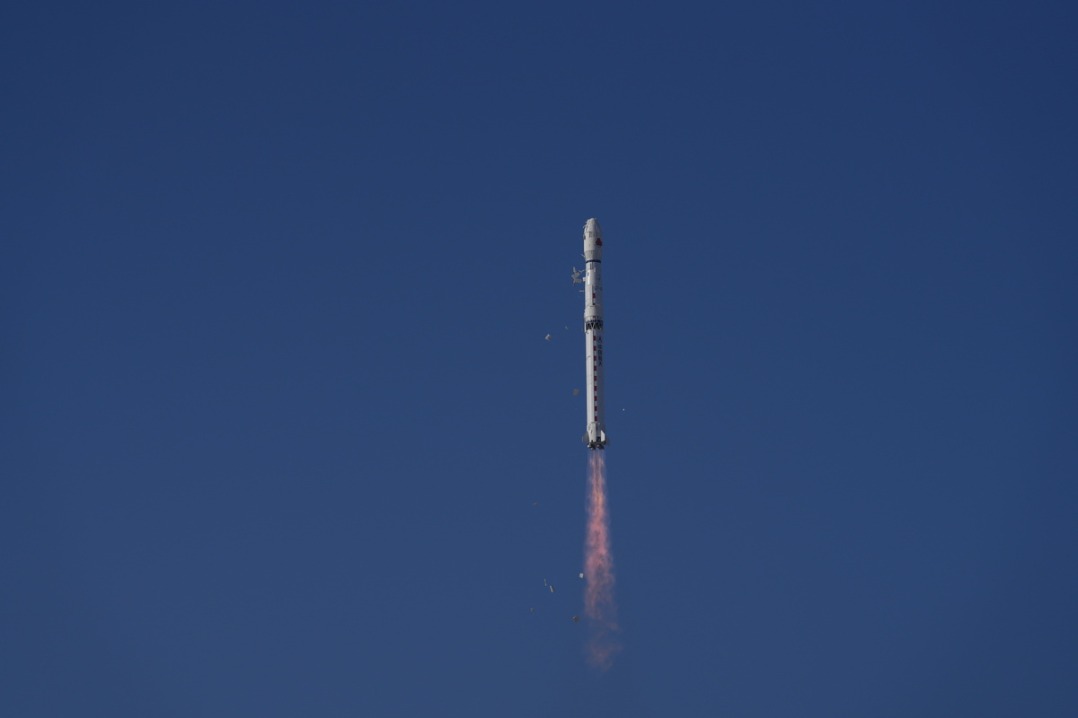Regulator gives go-ahead to major Xinjiang telescope

Plans to build one of the world's largest moving single-dish radio telescopes in northwestern China have been given the green light, it was announced on Thursday.
The National Development and Reform Commission approved the Qitai Radio Telescope on Dec 26 and a timeline for construction is expected soon, said Jiang Chenfeng, a spokeswoman for the Xinjiang Astronomical Observatory.
The observatory and the Chinese Academy of Sciences will build the facility in Qitai county, Xinjiang Uygur autonomous region, which is seen as an ideal spot due to its high altitude, arid climate and lack of human activity.
Once completed, it will be one of the world's largest fully rotatable radio telescopes-at a diameter of 110 meters it will be slightly larger than the Green Bank Telescope in the United States and the Effelsberg Radio Telescope in Germany-as well as the largest movable radio telescope in Asia and a platform for international science cooperation.
Wang Na, head of the observatory, told Science and Technology Daily that the Qitai Radio Telescope will improve Xinjiang's fundamental research and innovation capabilities, be a centerpiece of the region's first world-class observatory, and attract more science talent to western China.
The main goals of the telescope will be detecting and studying pulsars, black holes, dark matter, gravitational waves and other stellar objects. It will also play a role in collecting orbit trajectory, space signals and key data for China's future manned space missions.
China houses the world's largest single-dish telescope-the Five-hundred-meter Aperture Spherical Radio Telescope, known as FAST-in a natural basin in Pingtang county, Guizhou province.
The Qitai facility will be much smaller than FAST, but it will cover more than 75 percent of the sky and be able to track star positions due to its ability to move its dish, according to the observatory. Stationary telescopes can only detect the swath of the universe that passes directly overhead.
However, designing a large rotatable telescope is no easy task. Engineers must figure out how to steadily balance a telescope dish weighing thousands of tons and full of sensitive equipment at awkward angles, according to NASA data.
One hundred meters is about the maximum size for safely and accurately controlling a moving radio dish, the US space agency said. It added that operating a rotatable telescope can also be extremely expensive. The Green Bank Telescope costs about $10 million a year.
- Former senior official of Ningxia sentenced to death
- Development program narrows urban-rural gap in Guangdong
- Wuxi Winter Bazaar creates cross-cultural gathering
- Expressway service area featuring a natural hot spring to open soon in Guangdong
- Former Ningxia political advisor sentenced to death for bribery
- Former senior official of Jiangxi expelled from CPC





































